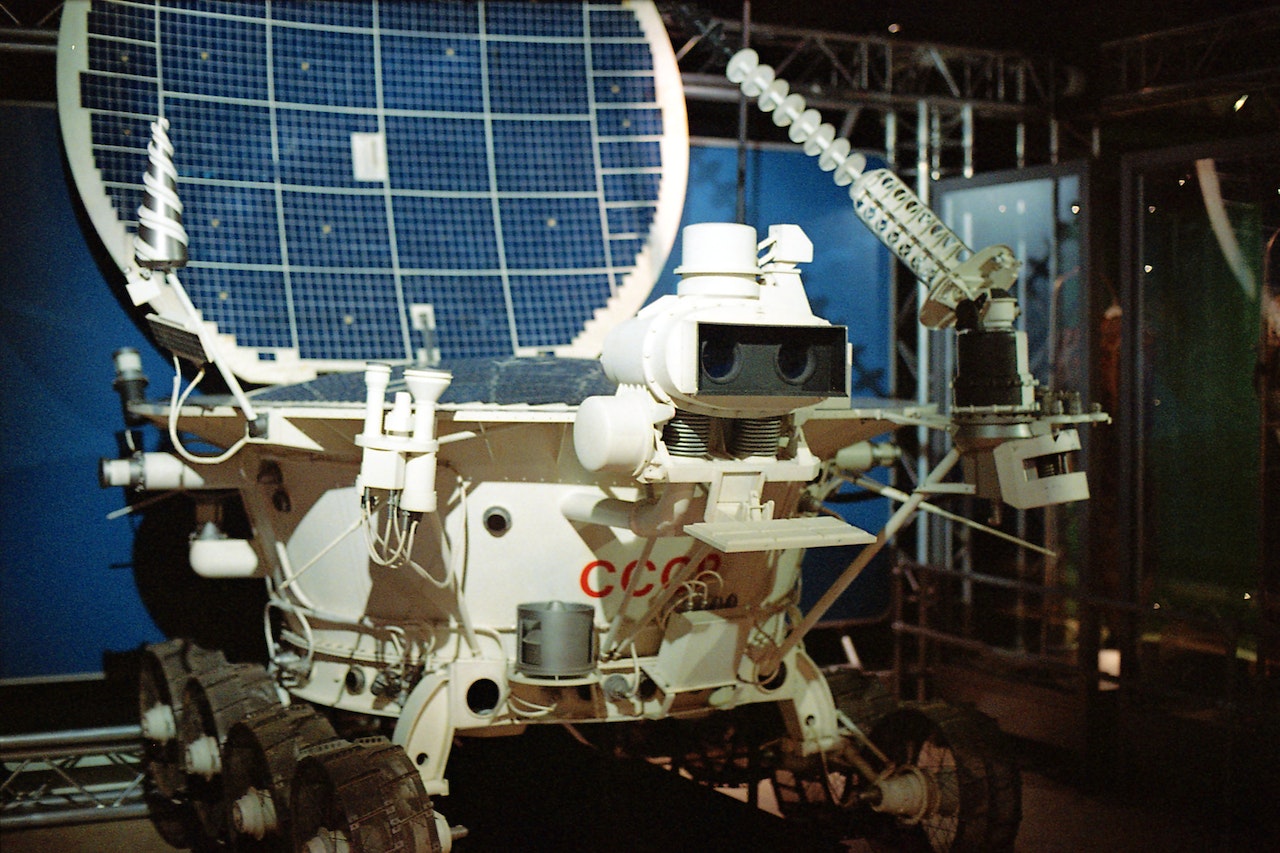How Different Sectors Are Being Innovated by Industrial Robots: Robots have established their presence in a variety of industries, with manufacturing advances being one to note. With more than 384,000 industrial robots installed globally in 2018, the International Federation of Robotics reports that robots are becoming more and more popular.
They are now commonplace in industrial operations and are also useful for a variety of tasks. One of the most important advancements in industrial robotics, according to the Manufacturer, is an electronic skin that provides robots a sensation of touch. The University of Edinburgh is where the “Wootzkin” invention, as it is known, was created.
Nanostructures make up the electronic skin. In order to target medicinal delivery or in gripper technology, it also incorporates underlying electronics. resembling human skin Wootzkin can give the robot feedback on the force, pressure, temperature, and humidity.
This enables robots to perform activities that call for a high degree of dexterity more easily. Additionally, the sensitive area size is adjustable and ranges from 50 microns to 12 inches. It can be modified to meet the particular requirements of the application.
The skin can function in temperatures between 0 and 180 °C. This capability enables a robot to carry out dexterous activities in hazardous environments while still keeping a delicate touch with delicate objects.
Additionally, MIT researchers have developed a kit that can be used to build a variety of robots from scratch using just a few basic parts. The MIT-kit is made up of five different parts, each measuring five millimetres, comprising a coil, electromagnetic components, a magnet, and stiff and flexible sections.
The components can be put together in a variety of ways, such as to create a tiny walking motor and a gear to turn the robot. The study team wants to develop a manufacturing robot that can be readily disassembled and repurposed. It will be made with common components. The development of robotic technology in agriculture is accelerating. The Global Unmanned Spray System (GUSS), a fully automated, unmanned vehicle that can spray pesticides on orchards, is one illustration of how far we’ve come.
It will alleviate the labour deficit. According to reports, utilising GUSS to spray is a more effective method than doing it by hand. As stated by the Manufacturer, GUSS makes the workplace safer for employees by limiting their exposure to pesticides’ potentially dangerous compounds. The robot can be aware of its surroundings thanks to the use of lasers and touch-sensitive bumpers, stopping instantly when it detects an object and preventing potential harm to humans and property.
The biggest challenge in developing GUSS was that GPS frequently failed to function in areas covered by trees. The GPS was supplemented with sensors and software, including cellular connectivity, to get around this. Multiple robots are able to convey position information, statistics, and a live stream from its front-mounted camera thanks to the control vehicle, which is driven by a person.
The ability to examine all relevant data, including the quantity of pesticides applied to each plant, is another feature of GUSS that farmers may utilise to their advantage when selling commodities to consumers. Less errors will be produced when autonomous devices like GUSS are used, which will save lost time and boost cost savings.

